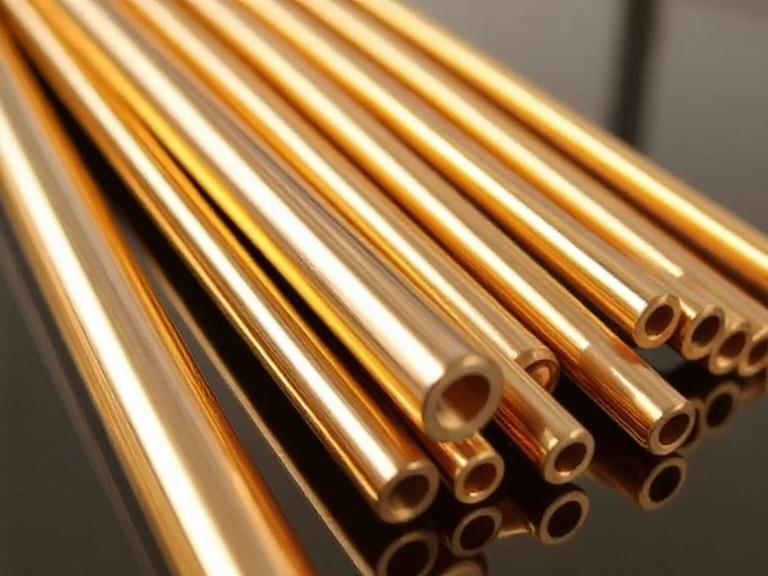
High tensile brass manufacturers are a type of brass amalgamation that’s designed to have more advanced strength and resistance to distortion than regular brass. It generally contains an advanced proportion of zinc and occasionally other alloying rudiments like drum, lead, or iron to enhance its parcels.
Overview of high brass manufacturers
Including its composition, parcels, uses, and benefits Composition Bobby(Cu) 60 to 90: Forms the base of the amalgamation and provides excellent erosion resistance and formability. Zinc (Zn) 10 to 40: The main alloying element that enhances the strength and hardness of brass.
instrusction as follows:
The quantum of zinc can be acclimated to change the parcels of the amalgamation. Other rudiments Lead(Pb) occasionally added to ameliorate machinability. drum(Sn) May be added for better erosion resistance, especially in marine surroundings. Iron (Fe) may be included to increase strength further.
High Strength High-tensile brass is known for its excellent strength-to-weight ratio. The tensile strength can range from 500 to 900 MPa, depending on the specific composition. erosion Resistance Brass, in general, has excellent resistance to erosion, especially in water and atmospheric surroundings.
High-tensile brass is designed to maintain this quality, making it suitable for demanding operations. Rigidity and Plasticity While stronger than regular brass, it still retains good rigidity, allowing it to be formed into colorful shapes and sizes without cracking.
Machinability High-tensile brass is easier to machine than other high-strength accouterments like swords. It can be cut, drilled, and shaped effectively; however, harder blends may present some challenges in machining.
Wear Resistance It has good wear and tear and gash resistance, especially when subordinated to disunion or bruise. operations Marine Industry Due to its erosion resistance, high tensile brass is used in boat fittings, propellers, and other marine tackle. Aerospace The strength and featherlight parcels make it useful in certain aerospace factors.
Automotive Components High-tensile brass is used in fittings, connectors, and corridors that bear strength and continuity, similar to machine corridors, thickets, and cooling systems.
Electrical Connections The amalgamation is frequently used for electrical connectors and factors because of its good conductivity and strength. Architectural tackle It’s used for door handles, cinches, and other tackles due to its aesthetic rates and continuity.
Pipes and fittings frequently used in plumbing systems, high-tensile brass fittings, and faucets are favored for their resistance to erosion and capability to repel high pressure.
Advantages Increased Strength Compared to regular brass, it has a much more advanced tensile strength, making it suitable for further demanding operations. continuity The added strength and wear resistance increase the material’s lifetime, reducing the need for frequent reserves.
Erosion Resistance Its resistance to environmental factors, similar to water and air, ensures that it remains functional and seductive in colorful settings, particularly in marine surroundings. Machinability Despite its strength, it retains excellent machinability, which is a significant advantage for manufacturers.
Aesthetic rates It has a distinct gold- suchlike appearance, making it popular for ornamental operations as well. Disadvantages Cost High tensile brass is generally more precious than regular brass, due to the advanced content of zinc and other alloying rudiments.
Fineness in Extreme Conditions While it has good strength, in extremely low temperatures, it may become more brittle, which could be a limitation in certain surroundings. Conclusion High tensile brass is a protean and durable material that’s ideal for operations taking both strength and erosion resistance. Whether in marine, automotive, or aerospace diligence, its parcels make it a dependable choice for high-stress and long-continuing factors.
